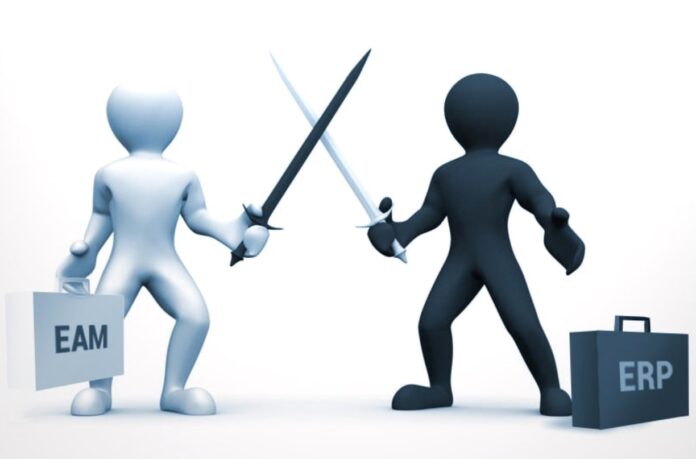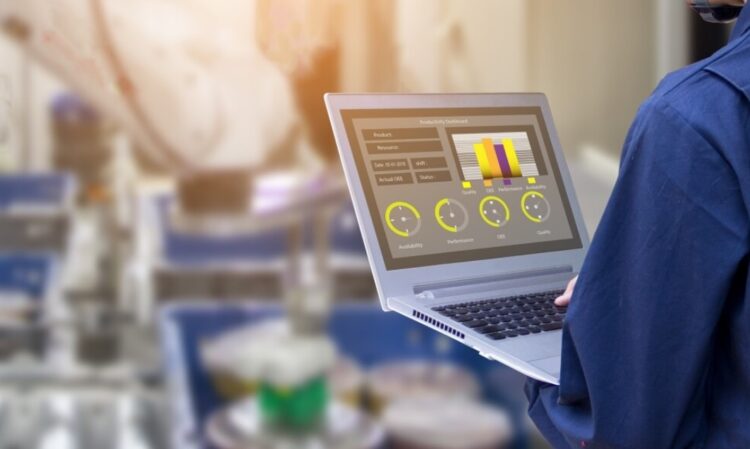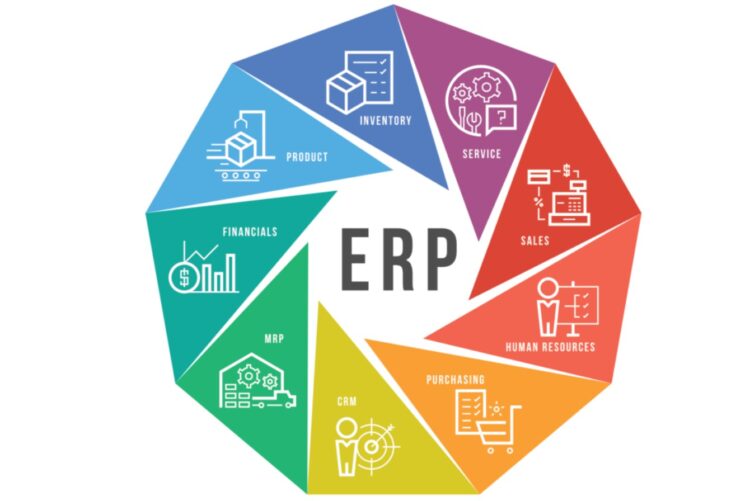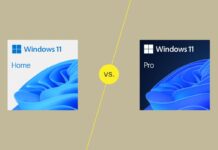
As the demand curve of goods and services goes up across industries, companies are met with a growing need for making their work processes more optimized, efficient, and cost-effective. In order to make the most of their assets and technologies, businesses are offered various software proclaimed as all-in-one, comprehensive tools that cover a wide range of a company’s operations.
However, when on a quest for a tool that can help you with handling, maintenance, and organization of various business processes, you can easily be thrown for a loop. With CMMS and EAM software being, though mistakenly, marketed as interchangeable systems for asset management, there’s also ERP – Enterprise Resource Planning. EAM and ERP systems get thrown around a lot, so company managers are left puzzled as to which software their business actually needs.
To automatize repetitive tasks, simplify the complex ones, and make unlucrative processes profitable, your company will need a reliable, extensive, and suitable management system. Therefore, we have outlined the similarities and differences of both EAM and ERP software, as well as their respective advantages for your business.
What is EAM software?

Enterprise Asset Management (EAM) is a system that helps in the management and maintenance of a company’s physical assets, aiming to optimize and maximize their performance, efficiency, and ultimately, ROI (return on investment).
Enterprise Asset Management systems are employed in industries such as oil and gas, chemical, mining, and manufacturing that rely on complex assets – machinery, equipment, and vehicles.
Besides asset management, EAM’s main features include predictive maintenance and remote monitoring, management of staff, materials, and finances, as well as in-depth reporting and analysis.
With the help of EAM software, companies can easily create and track maintenance tasks and schedules, as well as keep detailed records for every asset. Boasting the option of real-time asset monitoring, EAM systems provide accurate predictions regarding potential asset failure, enabling companies to react preventively and evade production halts, missed deadlines, or any other standstill in work processes.
What is an ERP system?

Enterprise resource planning involves the management of a variety of everyday tasks and miscellaneous information of an organization. ERPs are comprehensive tools that unite features of varied company software and integrate all the main business areas in a single system.
Usually employed in HR, CRM, sales, finances, and supply chain management, ERPs keep all the company’s data organized, managed, and easily accessible across the board.
The benefits of an ERP system include automation of certain tasks, improved efficiency, forecasting, and lowering risks, merging duplicate technologies, and overall improvement of team collaborations and performance. Learn more about the benefits of an ERP here (https://www.inecta.com/food-distributor)
ERP can perform different accounting functions, such as invoices and payroll, as well as planning, cost analysis, and control of product manufacturing and distribution. This software help streamline employee management and onboarding tasks, organize sales processes and supply chain through procurement, logistics, demand planning, order management, etc.
Finally, enterprise resource planning is an exhaustive system that includes customer relationship management through different marketing, email, pricing, and tracking tools, and business intelligence feature by in-depth reporting, analysis, and insights of business data that enable you to make data-driven decisions.
What do you need – EAM or ERP system?

The choice of the system you will employ in your business processes depends on what is it that you want to manage and optimize. EAM and ERP are two separate systems that focus on widely different organization’s areas.
ERP system manages and supports financial, human resources, and sales sectors, i.e., a business’ internal operations. They lack features such as asset maintenance and condition monitoring which are the main focus of EAM software.
If your company utilizes heavy machinery, fleets of vehicles, facilities, or other physical assets, you should consider adopting an EAM system, as it offers niche asset management functions. Asset management platform will provide you insights into the financials, help increase uptime, and make your assets more profitable and processes more efficient.
EAM is more robust when it comes to dealing with details of asset management, whereas ERP covers only the basics of that function.
Enterprise Asset Management system can help a variety of industries, such as oil and gas, government, finance and banking, and energy and utilities optimize and maximize their asset performance, lifetime, and efficiency. Different IT solution companies, such as Prozone, provide a comprehensive solution for asset management and maintenance to companies and organizations.
Both ERP and EAM solutions bring unique value to your organization. EAM performs better at managing physical assets, whereas ERP systems are a better solution for internal business management. As the two are in charge of different areas, the solution could be to combine the two. With proper integration of both systems, your business is able to maximally leverage all its operations.











